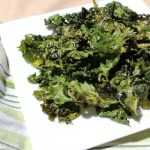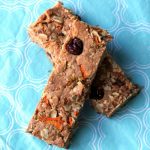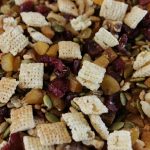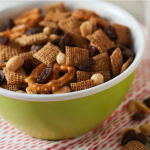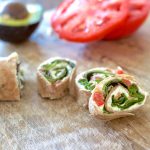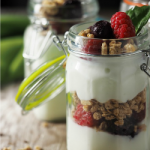Did you know you can create many of your favorite snacks at home?
Homemade snacks are often healthier and cheaper than buying packaged snacks. Plus, they are a lot easier than you would think. We'll get you started with 13 of our favorite snack recipe ideas.
1. Baked Apple Chips
Need something a little sweeter? Give these Baked Apple Chips a try!
2. Kale Chips
Kale Chips are an easy way to get the kids to eat vegetables!
3. Granola Bars
Homemade Granola Bars? Yes please!
4. Ants on a Log
Have the kids make these fun Ants on a Log on their own!
5. Trail Mixes
Make your own trail mix by blending your favorite nuts, seeds, dried fruit and cereal, or try our Energy Trail Mix or Sweet & Salty Trail Mix recipes.
6. Vegetables and Hummus
Fiesta Hummus is a great source of healthy protein so it will fill you up!
9. Fruit Salad
There is nothing better than fresh cut fruit. If you buy fruits in season they will be less expensive and taste twice as good!
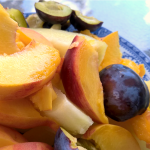
10. Veggie Pinwheels
Veggie Pinwheels are little, bite-sized wraps filled with flavor.
11. Fruit Pizza
Everyone loves pizza and fruit so why not put them together?
12. Fruit and Yogurt Parfait
You can use any type of fresh, frozen or canned fruit to make this Fruit & Yogurt Parfait your own!
13. Popcorn
Did you know popcorn is a whole grain? Making plain popcorn and flavoring it with your own spices is much healthier than buttered popcorn in a bag. Try Stove-Top Popcorn or Chili Popcorn.

